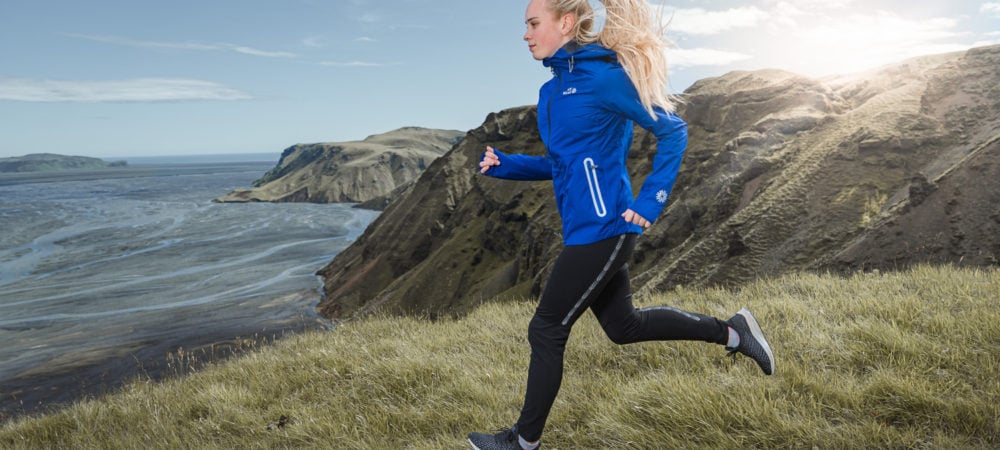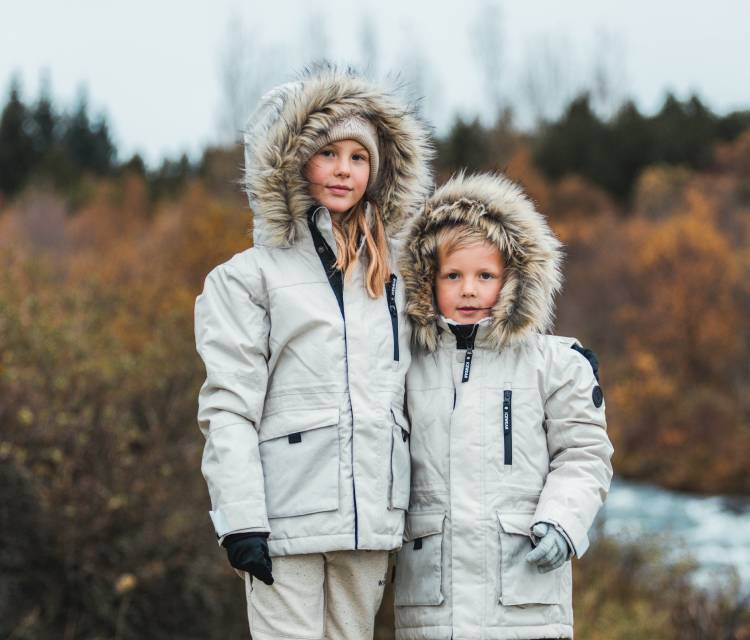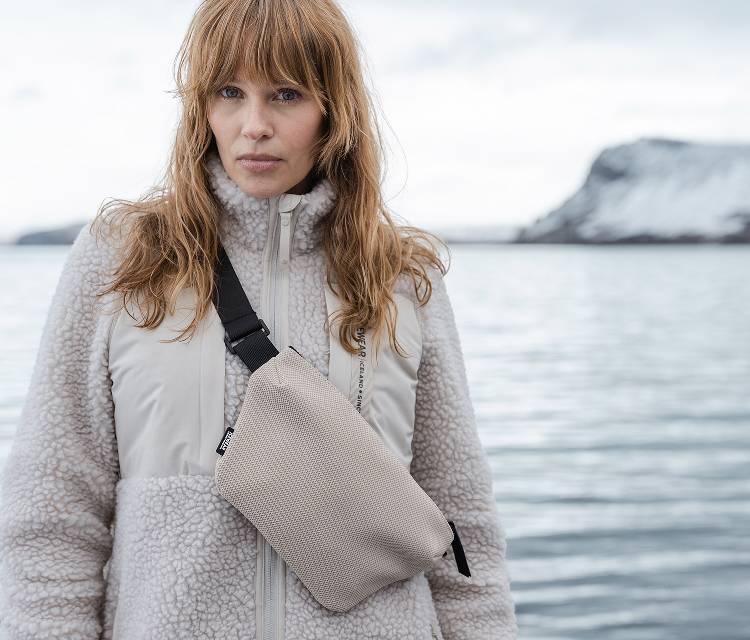If you’re planning a visit to Iceland, you might be expecting perpetual snow and ice spread across a beautiful but intimidating tundra.
How do you pack for Iceland’s weather? What conditions should you expect?
Introduction
What Clothes to Pack for a Trip in Iceland
Packing for Iceland Based on Your Plans
What to Wear in Iceland in Wintertime
Shoes to Wear in Iceland
What to Wear at Night (Going Out)
What Do Locals Wear in Iceland?
Conclusion
Key Findings
- Iceland is not as cold as you might think, with winter temperatures typically hovering around freezing.
- Packing for a trip to Iceland means first determining what season you’ll be traveling in. Icelandic summers often mean packing clothing you probably already have.
- Pack for the occasion—based on the activities you have planned, the clothing you pack might include outdoor clothing and camping gear.
- Watch out for quick weather changes, especially precipitation. Snowy trails can be slick, and rain can leave anyone wearing jeans or cotton t-shirts soaked, cold and uncomfortable.
- Never underestimate the importance of wicking and waterproof articles, especially when planning outdoor sports or activities where your body temperature will rise.
- Acquire the best outdoor gear where you can ask for local help. Shopping in Iceland gives you an automatic souvenir and gives you the opportunity to equip your wardrobe with the best-quality clothing designed for the season.
- Know your footwear, too. The right shoe selection can make or break your comfort (and your safety) on more expeditious trips.
The sub-Arctic island nation isn’t the destination travelers choose when they’re hoping for beaches and sunshine, it’s true. But the weather isn’t as harsh or extreme as many travelers think.
In the summer in Iceland, temperatures usually fall between 15 and 20°C (60-68°F), and the streets of the capital city, Reykjavik, and towns dotting the coastline are filled with people dressed in clothing you might see in the fall or spring where you live.
In the wintertime in Iceland, the temperatures do drop, but generally hover around freezing. Precipitation is nonetheless something to plan for with a mix of snowfall and rain.
The trick to dressing for the Icelandic climate is to be prepared for quick changes in the weather. In Iceland, people often say, “if you don’t like the weather, wait five minutes.” Temperatures can fluctuate rapidly and a snowstorm can seem to come out of nowhere. It’s easy to underestimate the power of the nordic winds, and it’s not uncommon for visitors in Iceland to be caught unprepared and get lost in bad weather. Exposure to the coldest winter days in these cases can cause bodily harm if you aren’t ready.
Weather-related misfortunate can be avoided entirely if you pack and dress right. Part of that is letting your friends know where you’re going whenever you go out. The other part is knowing how to pack and what to wear in Iceland.
What Clothes to Pack for a Trip in Iceland
If your trip starts like most tourists’, you’ll fly into KEF National Airport. One of the most popular tours visitors start with after that is called the Golden Circle Bus Tour, which gives you your first vantage of beautiful natural formations like the Geysir hot springs and the Gullfoss waterfall, the Blue Lagoon, and a visit through Reykjavik.
For tours like this and shorter trips focused in the city, you can probably get by with the clothes you already own. If you do acquire any clothes for your trip to Iceland, make sure you come prepared with a warm (rain) jacket and a hat. This offers your first lesson in coming prepared for Iceland weather: if you don’t come with anything equipped for rain, you might risk taking that Golden Circle Bus Tour (or others like it) with very wet pants. Harmless things like “a little rain” or even the wind blowing on a whale watching tour can fast become unpleasant without the right clothing.
Packing for Iceland Based on Your Plans
What you wear in Iceland will ultimately depend on the activities you plan to do. If you’re going to stay in hotels and travel by tour busses or even rent a car, you won’t need to acquire much new clothing, if any. In summertime, these conditions mean that a waterproof jacket as well as lightweight walking shoe and comfortable pant will fit the occasion perfectly. (If your pants are quick-dry, all the better.)
If you plan on trekking the highlands, in contrast, you’ll have to leave the light shoes and jeans at the hotel. Pants designed for day-long hikes with ample pockets and natural stretch will keep you comfortable and dry as you explore. You’ll want to change for hiking shoes, too, with more support and higher ankles.
For even more adventurous activities, invest in quality outdoor shell clothing that protects against the cold and all kinds of moisture. If you plan on hiking the Laugavegur trail from Landmannalaugar to Þórsmörk, for example, think about overnight camping gear, too.
For activities like camping and multi-day treks, you’ll need:
- A moisture-wicking inner layer
- An insulating middle layer
- And a wind- and water-resistant outer layer
A waterproof hardshell jacket and pants should be part of anyone’s suitcase when traveling to Iceland for hiking expeditions. Also plan on packing your tent, mat, and sleeping bag with a water column of at least 5,000mm.
Clothing for hiking should all be quick dry and capable of wicking moisture off the body. Jeans and cotton t-shirts are comfortable enough for the city, but both of these options trap moisture against your skin and can even lead to dangerous body temperature regulation problems if worn when hiking.
If you don’t already own the gear you need for your trip to Iceland, spare yourself the uncertainty and buy it in Iceland where local shop merchants can advise you. The staff of Icewear is always happy to help tourists choose the best options for whatever activities they have planned. Plus, in the end, any outdoor gear you acquire will serve as the perfect souvenir for your Icelandic adventure.
What to Wear in Iceland in Wintertime
Most tourists come during the summertime. There are those, however, who visit in the wintertime, when most clothing advice will change considerably due to the cold weather and the new kinds of precipitation.
When traveling to Iceland in the wintertime, you’ll want to arrive more prepared and expect to acquire additional gear once you arrive, if necessary. Assuming that your itinerary includes tourist activities and tours, your core packing list to stay warm and dry (and have the essential flexibility to layer) includes:
- A good parka
- Gloves
- A hat or neck gaitor
- Warm socks
Jeans aren’t ideal even for city activities because they retain moisture as your legs kick up snow. Cotton clothing isn’t suited for Icelandic winter, either, because as you do sweat under your layers, cotton will grow cold, heavy and wet.
Layering is a pleasure in Iceland because of the clothing designed specifically to be used that way. Start with a thermal layer like long johns and socks that regulate body temperature (usually wool, which has natural temperature regulation and anti-bacterial qualities).
Your next layer, depending on the activity you have scheduled, might be a wool sweater. (What better excuse to acquire that souvenir Icelandic sweater as soon as you arrive?)
Outer layers are any number of winter coats. Puffer jackets are popular for outings in the city, whereas wool insulated coats are better for adventures in the highlands. All outer layers must absolutely be waterproof.
Shoes to Wear in Iceland
Shoes, too, are of significant importance when packing for your trip to Iceland. Your shoe selection will depend on the season and what you have planned.
In the summertime, if you stay in the city, you’ll get by wearing sneakers. Bringing two pairs is still advisable: one for going out socially, and one that’s supportive enough for lots of walking.
For adventures elsewhere in Iceland, your shoes will depend on the specific activities you have in mind. Here’s a breakdown you can use to determine the right outdoor shoes for you:
- Trail running shoes provide superior cushioning, flexibility, stiffness where you need it, traction, and night-time reflectivity.
- Hiking shoes are relatively lightweight but highly supportive. These shoes are engineered to respond to changing environments and terrain types.
- Backpacking shoes or boots have a high cut to support your ankle. They also offer even stiffer midsoles. They’re suited for on- and off-trail adventures.
- Mountaineering boots are as heavy-duty as it gets. When the road gets highly technical, these boots offer support with even higher ankles along with bottom grips suitable for slick rocks and snow. Your feet are kept warmer in mountaineering boots, too, with the added insulation they have inside.
What to Wear at Night (Going Out)
When you go out socially in Iceland, dress smart and don't worry so much about the cold. (For a “local look,” you can dress “Scandinavian modern” like Icelanders do, combining western favorite slacks and shoes with Scandinavian sweaters and headwear. Your hotel is probably just a block away! If not, then a taxi is the way to go.
You’ll also want to consider the kind of place you’re going to. Are you going to a restaurant to dine on some fine Icelandic fish for dinner? Are you going to a big event?
Have fun with your outings in Iceland. You’ll enjoy yourself even more if you come prepared for the occasion.
What Do Locals Wear in Iceland?
The Icelandic people spend most of their time indoors. Houses are heated with some of the cheapest heating in the world that’s powered by thermal hot water (used to heat swimming pools, kitchens, bathrooms, and floors, whether indirectly or directly). Even parking lots are kept accessible when it snows due to the thermal heat billowing underneath.
When you knock on someone’s door in Iceland, don´t be surprised to see the door open and someone greet you in shorts and a t-shirt. It’s that toasty inside! At home, locals in Iceland wear the same clothing you would expect in most other European countries.
The difference, of course, is in the Icelander’s preparedness for the outdoors.
When Icelanders go out, they rely on their cars to get safely and comfortably from point to point. Shopping is done mainly at the malls or supermarkets. When they go out, Icelanders usually use a combination of sturdy shoes, a parka or light insulated jacket, and a fleece jacket or wool sweater.
Icelanders do, of course, have their own fashion taste and culture. That fashion taste tends to change with each generation, too. The larger clothing culture was inherited from the Scandinavian roots of the island nation, so expect to see lots of Nordic wool knit patterns. Kids and teenagers, of course, worry more about their looks than the weather in most cases, so you’ll see more fashion statements in that population.












